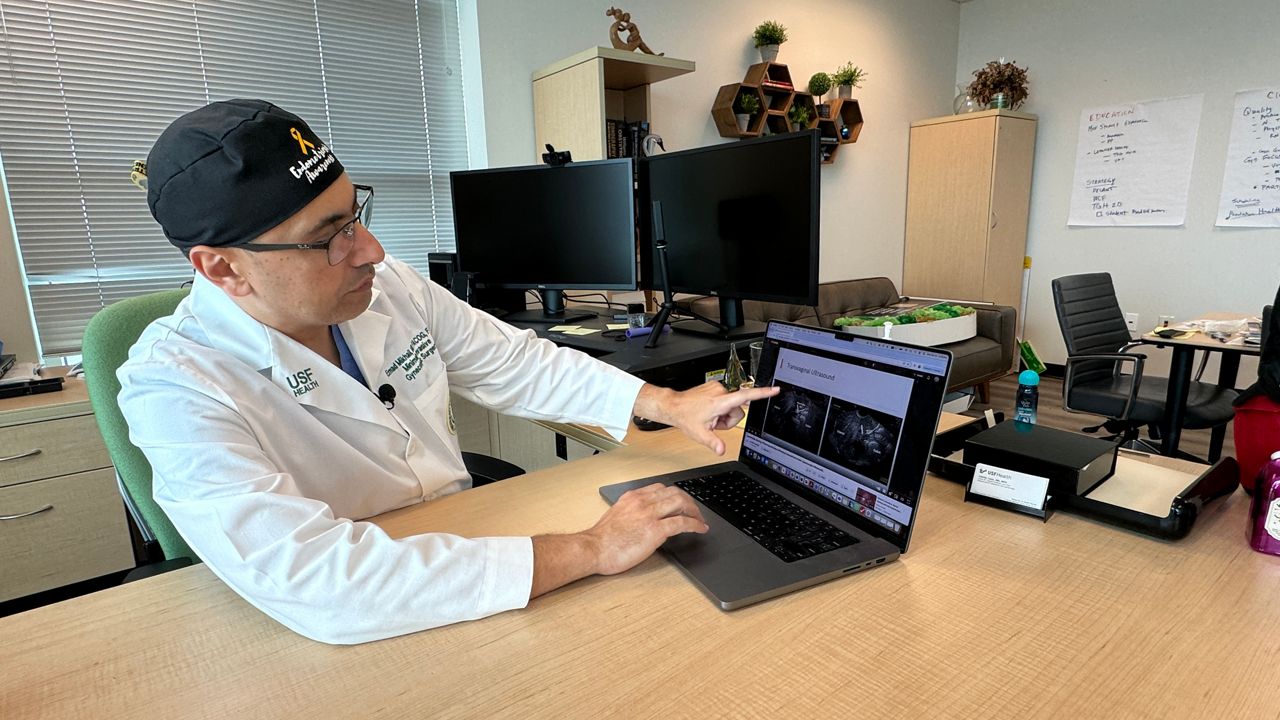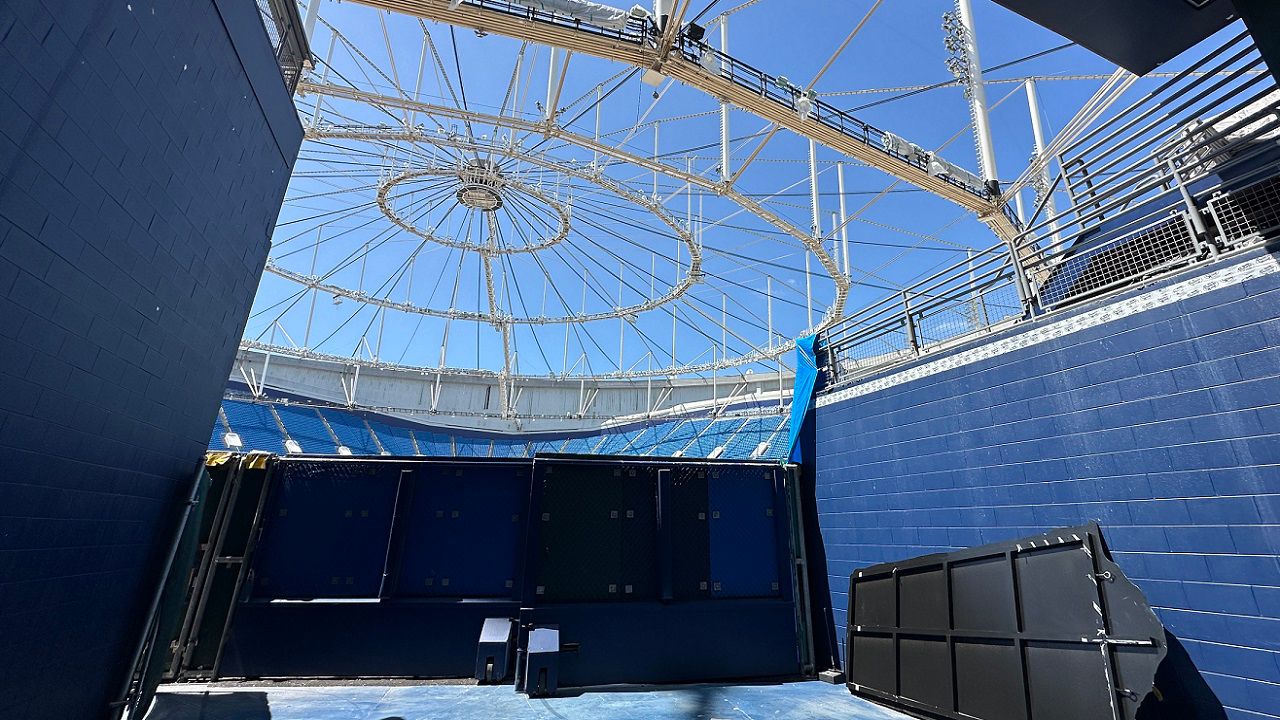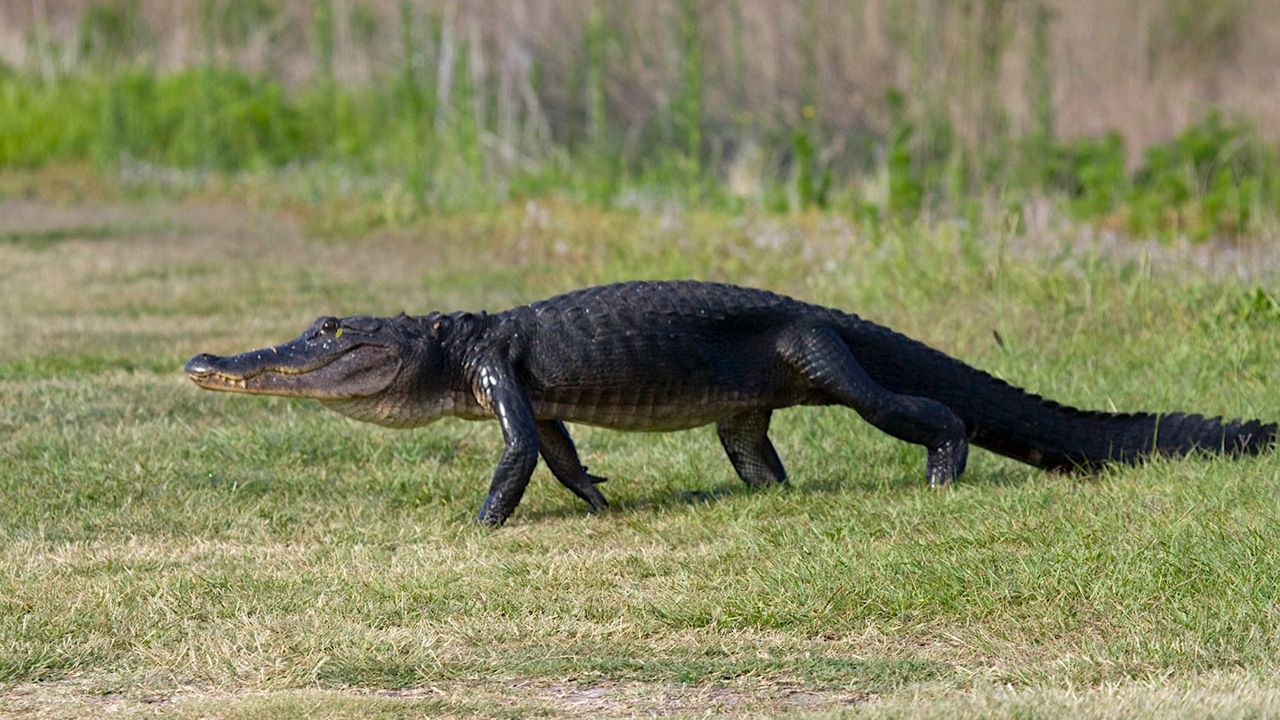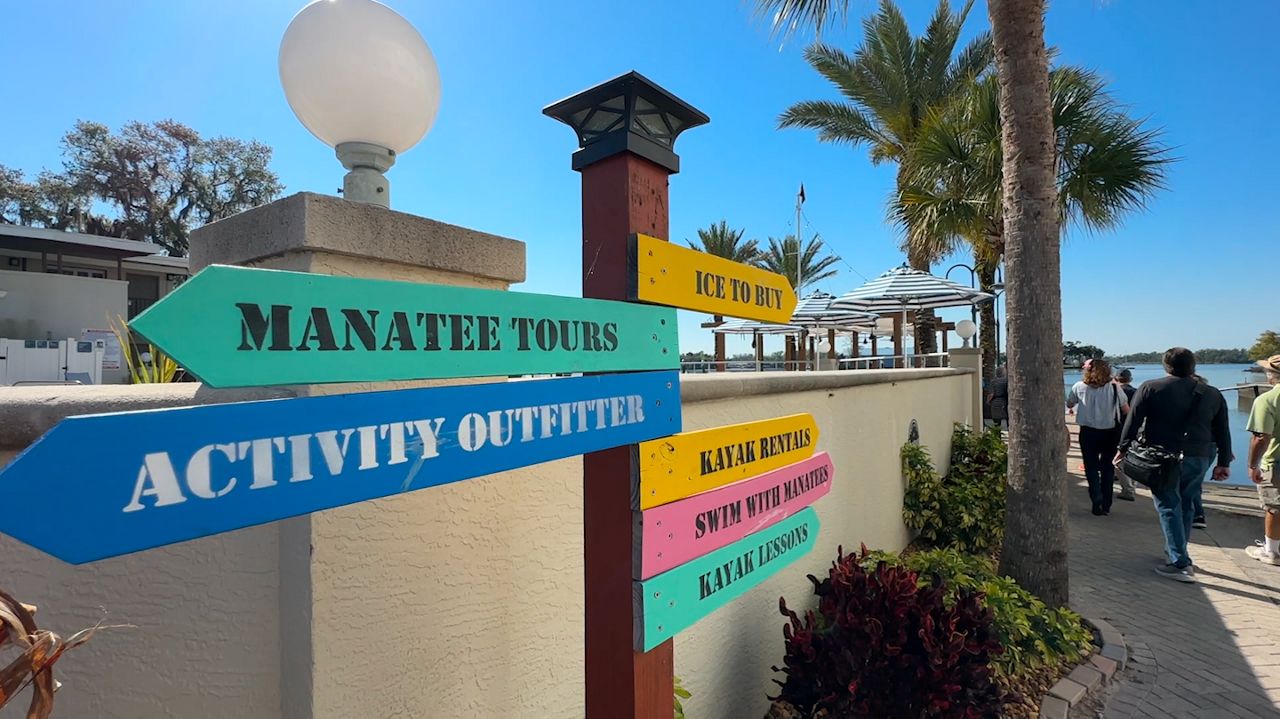EDGEWATER, Fla. — As homeowners and coastal counties work to solve damage from recent hurricanes, conservationists are sharing ways to rebuild shorelines and simultaneously protect the environment.
Riverside Conservancy in Edgewater believes living shorelines could be the solution.
What You Need To Know
- Conservationists are looking to rebuild Florida shorelines using eco-friendly means rather than concrete
- They have come up with idea of 'living shorelines,' which consist of mangrove trees, oysters, and other natural forms of protection
- Riverside Conservancy, an organization based in Edgewater, hopes to introduce its studies to not only the intercostal rivers and islands but also the coastline
“So there’s not much habitat typically at the base of a sea wall,” said Kelli McGee, the executive director for Riverside Conservancy.
McGee and her colleagues are doing everything they can to build eco-friendly environments.
They spend hours researching the best methods to replace old concrete sea walls in Volusia County on any normal day. Their goal is to protect marine wildlife while keeping residents who live off the water safe from waves that crash against their property.
“And we have to work with the cycles of nature,” McGee explained.
What conservationists have come up with is that living shorelines act as natural forms of protection. Mangrove trees, oysters, and other vegetation sources are being used to help the local ecosystems that habitat the water.
“Waves will break over these modules, and that dissipates that wave energy,” pointed McGee to the shoreline behind the Riverside Conservancy museum.
The organization hopes to introduce its studies to not only the intercostal rivers and islands, but also the coastline. This year, the organization is receiving a $200,000 grant from Florida DEP and Water Management District to restore a mile of local shorelines.
“What we’re doing at Riverside Conservancy is trying to educate folks that you can work with nature,” said McGee. Using green infrastructure, using plants instead of just gray infrastructure. Instead of just going for impervious surfaces like sidewalks and seawalls.”









